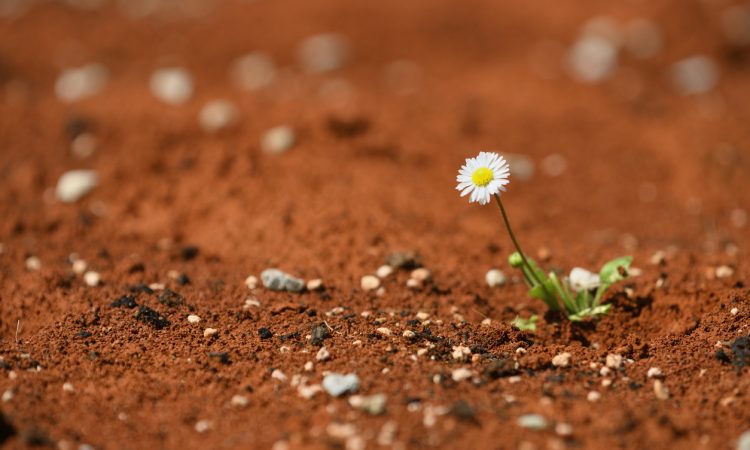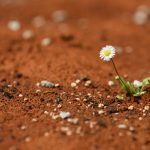What is the meaning of resilience?
According to the Oxford dictionary, resilience is: “The capacity to recover quickly from difficulties; toughness.”
Our education and mindset about challenges and difficulties will influence our tolerance, how we deal with them and the outcome of any adversity. If we believe life should be free from challenges, pain and suffering, we exist just to experience fun, play, happiness and ease. If we think that everything should go our way; we are set to create more torment and misery for ourselves so that a state of resilience will be impossible to achieve. In turn, we will never experience our full potential.
How can you build the muscle of resilience?
Here are three critical ingredients for building resilience.
1. Accept the unknown
A big part of not accepting the unknown is our desire to control how things should happen, our attachment to our desired outcome and our ignorance of our gifts, talents and abilities. The sense of control gives us a feeling of identity and power and that we exist.
Not having control feels like non-existence because we don’t know ourselves deeply enough to trust that we can handle the unknown even without a road map.
If you have a fixed perception of your identity – for instance, seeing your value through the lens of your job title or material possessions – if you lose a piece of it, it can feel world-shattering. Focusing on these external markers of success is an expression of the ego-mind rather than a reflection of the intrinsic nature of who you are as a human being: kind, creative, compassionate, resourceful.
When we don’t know ourselves on a deeper level, we don’t know what to do when an experience (such as a job loss) threatens our perceived identity. This prevents us from accepting and embracing the unknown, knowing and believing that we have the inner resources to handle challenges.
Once we accept the unknown and recognize that we cannot control it, we can separate our identity from our material life. This opens us up to the possibility to learn to frame challenges as opportunities for growth, transform adversity and reinvent ourselves to a higher level of knowledge. When we do the inner core work to know who we are and what we can achieve, fear turns into curiosity and a vast garden of unlimited possibilities.
“When we don’t know ourselves on a deeper level, we don’t know what to do when an experience (such as a job loss) threatens our perceived identity.”
Questions to ask yourself and reflect on:
- Is your perception of what will happen in your life real? Or is it a distorted reality of your own stories, history and programing?
- Do you believe life should be perfect, free from pain and suffering?
- Do you think you know the reason and meaning behind your inner and outer circumstances?
- Do you have a crystal ball to predict the future?
- Do you think you entirely control life and outer occurrences and events?
2. Embrace the impermanence of life and everything
I woke up to the reality of impermanence over 17 years ago after going through a divorce and my father’s death – a big lesson for me. These moments of powerlessness, despair and deep vulnerability taught me I would never know what the future holds and I couldn’t control. I learned that I have no choice but to accept what is and dig deeper within me to find the strength and resilience to move forward.
These traumatic experiences invited me to search within myself to find my innate talents, gifts and abilities that can guide me through uncertain times.
We have all experienced the impermanence of our collective reality through the COVID-19 pandemic. The way we work, socialize and think of our future and the future of society has changed, and there is no going back.
Questions to ask yourself and reflect on:
- Look at your old pictures, do you look the same?
- Are you the same person as you were five, 10 and 15 years ago?
- Remember an experience when you resisted what was happening and another experience when you accepted what was happening; record the feeling and the outcome.

3. Build your mental, physical, psychological and spiritual strength
Cultivating these attributes was critical to me as I built my resilience.
Here’s how I approached this, and why.
Building mental strength: I learned about meditation during my training to be as a personal trainer at a gym after immigrating to Toronto.
I went to a class to work on my flexibility, but I saw folks sitting doing nothing. I left the class without giving it a chance. Fast forward 20 years later, meditation is one of my best daily practices that enhances my life and builds my mental strength, and resilience muscle that I can’t live without.
Meditation has been shown to strengthen mental health by enhancing focus and concentration, improving self-awareness and self-esteem, lowering levels of stress and anxiety, and promoting peace and acceptance of self and circumstances.
Building physical strength: I learned about physical strength in my teens. After moving to a new country at age 15, I was overweight and called painful names. I decided to lose weight, which taught me about the value of physical and mental fitness. It inspired me to become a personal trainer, and assisted me in enduring life challenges and empowering others on their journey.
Building physical and mental strength can be achieved in a variety of ways. In my case, the goal of losing weight allowed me to learn the value of a physical exercise regime, which I now can’t live without. Losing weight requires acceptance of change, determination, patience, focus, consistency, persistence, self-belief and resilience to keep at it until reaching the goal/objective. Achieving any goal is almost impossible without these skills.
Building psychological and spiritual strength: While I started practising yoga to work on my physical flexibility, it also enabled me to tolerate my crises and pain after my divorce and my father’s death, It gave me the strength to heal my past despair and transform it to create a better future built on acceptance, and empowerment.
I decided to study yoga to understand why it affected me and changed my life.
I also explored cognitive behaviour therapy and psychoanalysis to better understand myself and the world around me, strengthening my muscle of resilience along the way. Ultimately, this exploration inspired me to start my own business as a Transformational Life Coach and Yoga Teacher to empower folks to heal and transform their lives.
Investing in your resilience
My transformational transitional journey led me to live on three continents and work in three different languages, which helped me build the muscles of resilience, adapt to transition and re-invent myself several times between countries, languages and work environments.
In summary, building resilience to respond to present and future challenges is a continuous daily practice. You must invest in your health, well-being bank account, present and future, by following the above ingredients as a starting point.




